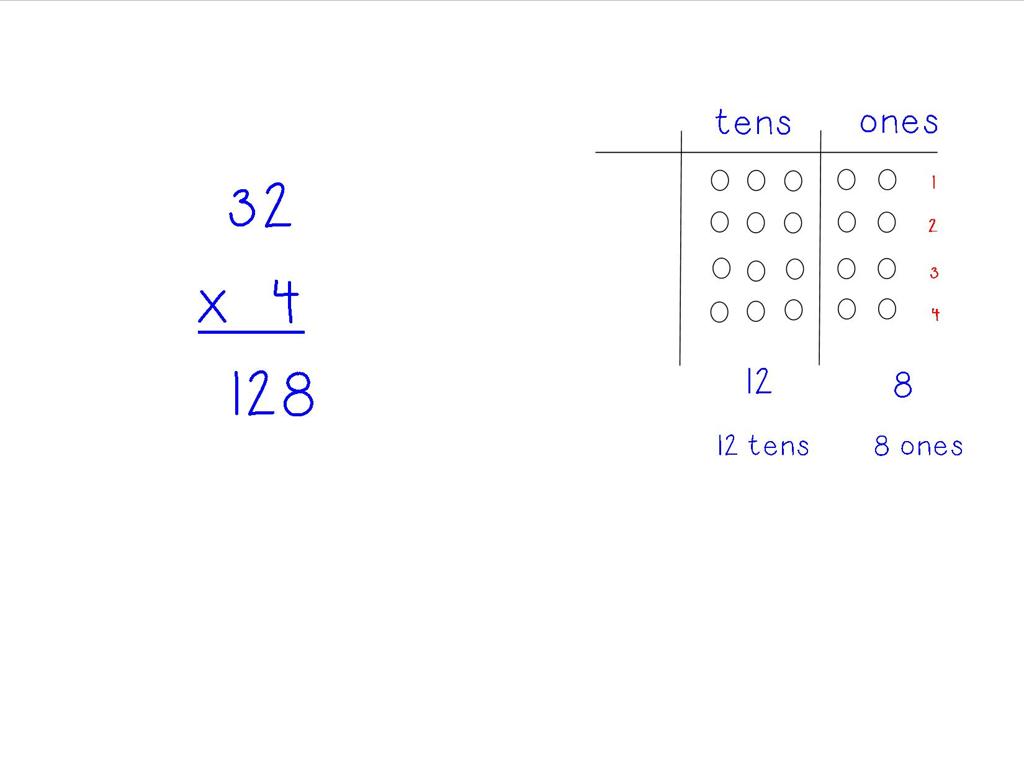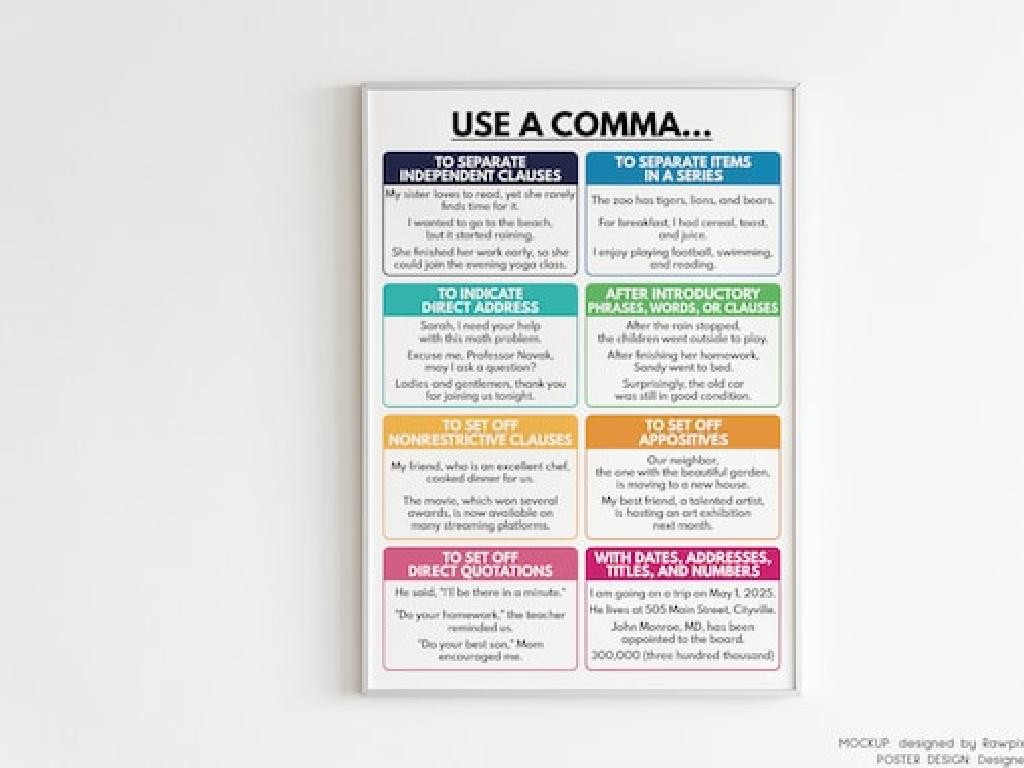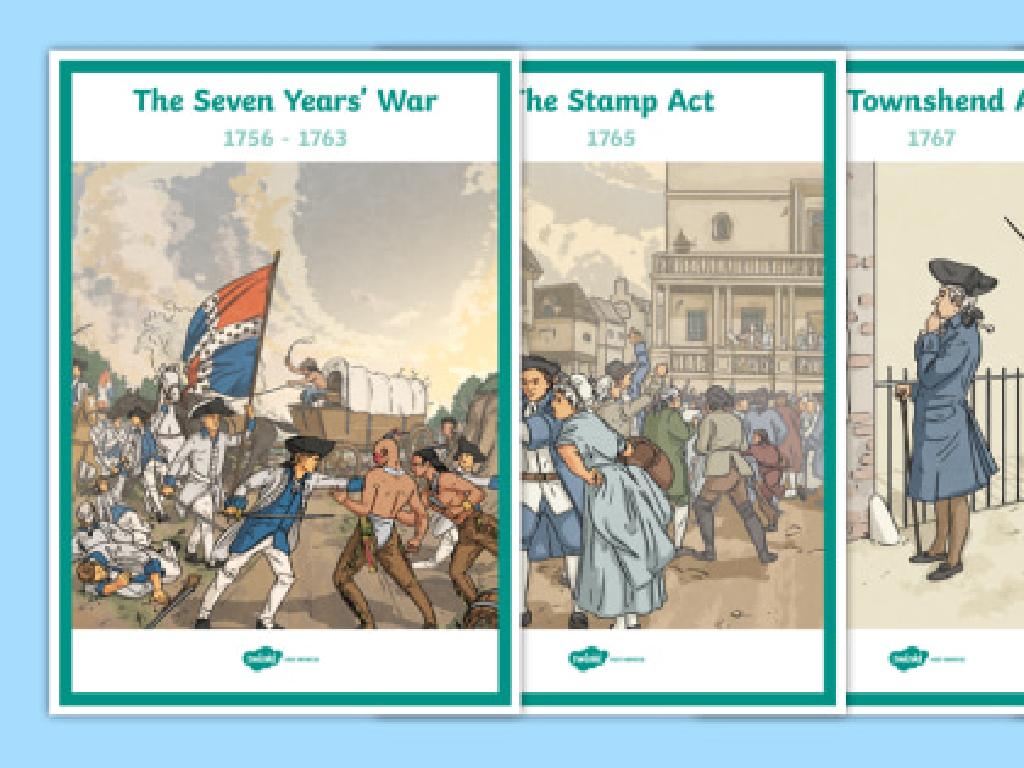Analyze Passages From Travels With Charley: Part 2
Subject: Language arts
Grade: Eighth grade
Topic: Nonfiction Book Study
Please LOG IN to download the presentation. Access is available to registered users only.
View More Content
Analyzing ‘Travels with Charley: Part 2’
– Introduction to Steinbeck’s journey
– Steinbeck’s cross-country trip to discover America’s essence
– Distinguishing facts and opinions
– Facts are verifiable, while opinions express personal beliefs
– Understanding the author’s perspective
– Steinbeck’s views color the narrative; what biases can we detect?
– Deep dive into Part 2 analysis
– Examine key passages for themes and Steinbeck’s narrative techniques
|
This slide introduces students to the second part of John Steinbeck’s ‘Travels with Charley: In Search of America,’ a nonfiction account of his journey across the United States. Students should understand the difference between factual information and personal opinions, and how the author’s perspective shapes the narrative. The class will focus on analyzing specific passages from Part 2, looking for themes, narrative techniques, and Steinbeck’s portrayal of American culture. Encourage students to think critically about the text and consider the author’s purpose and viewpoint. Activities may include group discussions, journaling Steinbeck’s perceived biases, and comparing passages to modern-day America.
Understanding John Steinbeck
– Explore Steinbeck’s biography
– John Steinbeck was a Nobel Prize-winning American author known for his realistic and imaginative writings.
– Examine his writing style
– His style combines rich description with strong symbolism and social commentary.
– Steinbeck’s literary contributions
– Steinbeck’s works offer insights into the lives of the working class and are a critique of social norms.
– Purpose of the journey in ‘Travels with Charley’
– ‘Travels with Charley’ explores America’s cultural landscape and Steinbeck’s personal reflections during his road trip.
|
This slide introduces students to John Steinbeck, an influential American writer whose works are a staple in literature classes. Provide a brief biography, highlighting his Nobel Prize in Literature and his impact on American writing. Discuss his unique writing style, characterized by vivid descriptions and symbolism, often addressing social issues. Steinbeck’s ‘Travels with Charley’ is not just a travelogue but a deeper exploration of American society and Steinbeck’s own views. Encourage students to think about how the journey with Charley might offer a unique perspective on the people and places Steinbeck encounters. This will set the stage for analyzing passages from the book, focusing on how Steinbeck’s personal experiences and observations are woven into his narrative.
Setting the Scene in ‘Travels with Charley: Part 2’
– Steinbeck’s journey overview
– Steinbeck travels the US to discover and document its essence
– Significance of visited places
– Each location reveals different aspects of American life and culture
– Cultural context of the narrative
– Reflects the diversity and complexity of 1960s America
– Historical backdrop of the book
– Offers insights into the social and political climate of the era
|
This slide aims to provide students with a foundational understanding of the second part of ‘Travels with Charley.’ Begin by summarizing the journey Steinbeck undertakes, emphasizing the purpose behind his travels. Discuss the significance of the places he visits and how they contribute to the narrative. Delve into the cultural and historical context, highlighting how the book captures the essence of 1960s America, including its diversity and the social issues of the time. Encourage students to think about how the places and the era might influence Steinbeck’s observations and experiences. This will set the stage for a deeper analysis of the text in subsequent classes.
Literary Elements in ‘Travels with Charley’
– Uncover themes and motifs
– Themes like exploration; motifs such as the journey and American culture
– Analyze Steinbeck’s language
– Steinbeck’s descriptive language paints vivid pictures for readers
– Interpret tone and mood
– Tone: Steinbeck’s attitude; Mood: feelings evoked in the reader
– Discuss the impact on readers
– How these elements influence our understanding and enjoyment of the book
|
This slide aims to delve into the literary elements present in ‘Travels with Charley’ by John Steinbeck. Students should identify recurring themes and motifs that Steinbeck uses to weave his narrative, such as the spirit of exploration and the essence of American culture. Analyzing Steinbeck’s use of language and imagery will help students appreciate his ability to create rich, evocative descriptions. Understanding the tone and mood of the narrative will allow students to grasp the author’s perspective and the emotional landscape he creates. Finally, discuss how these elements affect the reader’s interpretation and connection with the text. Encourage students to provide examples from the book to support their analysis.
Passage Analysis Workshop: Travels with Charley
– Read selected passages from Part 2
– Identify key ideas and arguments
– Look for central themes or messages in the text
– Discuss Steinbeck’s observations
– Consider Steinbeck’s perspective and insights
– Relate observations to today’s world
– How do these observations apply to our current society?
|
This slide is designed to guide students through a workshop on analyzing passages from ‘Travels with Charley: Part 2’. Students will start by reading selected excerpts, focusing on understanding the text deeply. They should identify the main ideas and arguments presented by Steinbeck, discussing the significance of his observations about American culture and society. Encourage students to think critically about how Steinbeck’s insights from his journey decades ago remain relevant in today’s context. The goal is to foster analytical skills and draw connections between literature and the real world. Provide examples of key ideas and arguments from the book to help students get started. For instance, Steinbeck’s commentary on the homogenization of American cities could be a starting point for discussion.
Group Discussion on ‘Travels with Charley: Part 2’
– Break into small discussion groups
– Share insights and questions within groups
– Discuss the themes, characters, and your reactions
– Each group presents their findings
– Highlight interesting points or uncertainties
– Engage in a class-wide discussion
– Compare interpretations and understand diverse perspectives
|
This slide sets the stage for an interactive group discussion activity. Students will break into small groups, allowing for more intimate and detailed discussions on the assigned passages from ‘Travels with Charley: Part 2′. Each group should focus on extracting themes, analyzing characters, and sharing personal reactions to the text. They should also note any questions or uncertainties that arise during their discussions. After group discussions, each group will share their insights with the class, fostering a broader discussion and helping students to see the text from different angles. The teacher should facilitate the class-wide discussion, ensuring that all students have the opportunity to contribute and that the conversation remains respectful and productive. The goal is to deepen the students’ understanding of the text and to enhance their analytical skills.
Connecting Steinbeck’s Journey to Today
– Compare Steinbeck’s vs. today’s America
– How has America changed since Steinbeck’s time?
– Personal journeys spark self-discovery
– Reflect on a personal journey you’ve had or imagine one.
– Steinbeck’s observations: still relevant?
– Do Steinbeck’s insights hold true in our modern context?
– Discuss the evolution of society
|
This slide aims to bridge the gap between Steinbeck’s mid-20th century America and the contemporary landscape. Encourage students to think critically about the social, cultural, and political changes that have occurred since Steinbeck’s travels. Discuss how personal experiences, much like Steinbeck’s journey, can lead to profound insights about oneself and the world. Prompt students to consider the relevance of Steinbeck’s observations within the framework of today’s society and how his commentary on the human condition may still apply. Facilitate a discussion on how society has evolved and what aspects remain unchanged, fostering a deeper understanding of the text and its implications.
Class Activity: Create Your Journey
– Imagine a cross-country trip
– Write a descriptive passage
– Describe the places you’d visit and your reasons
– Share your travel aspirations
– Discuss what you wish to learn about America
– Reflect on self-discovery
– Contemplate what you might learn about yourself
|
This activity encourages students to engage creatively with the concept of travel as explored in ‘Travels with Charley.’ Students should use their imagination to outline a personal journey across the country, considering the landscapes, cultures, and communities they would encounter. They should write a passage that captures the essence of their chosen destinations and articulate their motivations for the journey. Encourage them to think about what insights they might gain about America’s diversity and their own identity. Provide guidance on descriptive writing techniques and facilitate a discussion where students can share their travel goals and anticipated discoveries. Possible activities: 1) Pair up and discuss travel plans, 2) Create a travel brochure, 3) Map out the journey, 4) Write a diary entry from the road, 5) Present a ‘travel pitch’ to the class.






